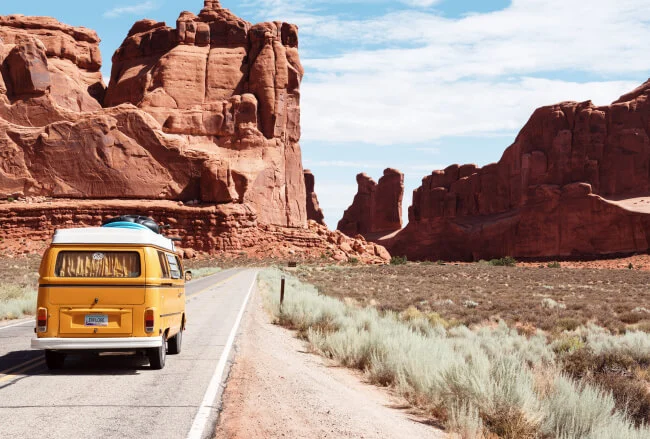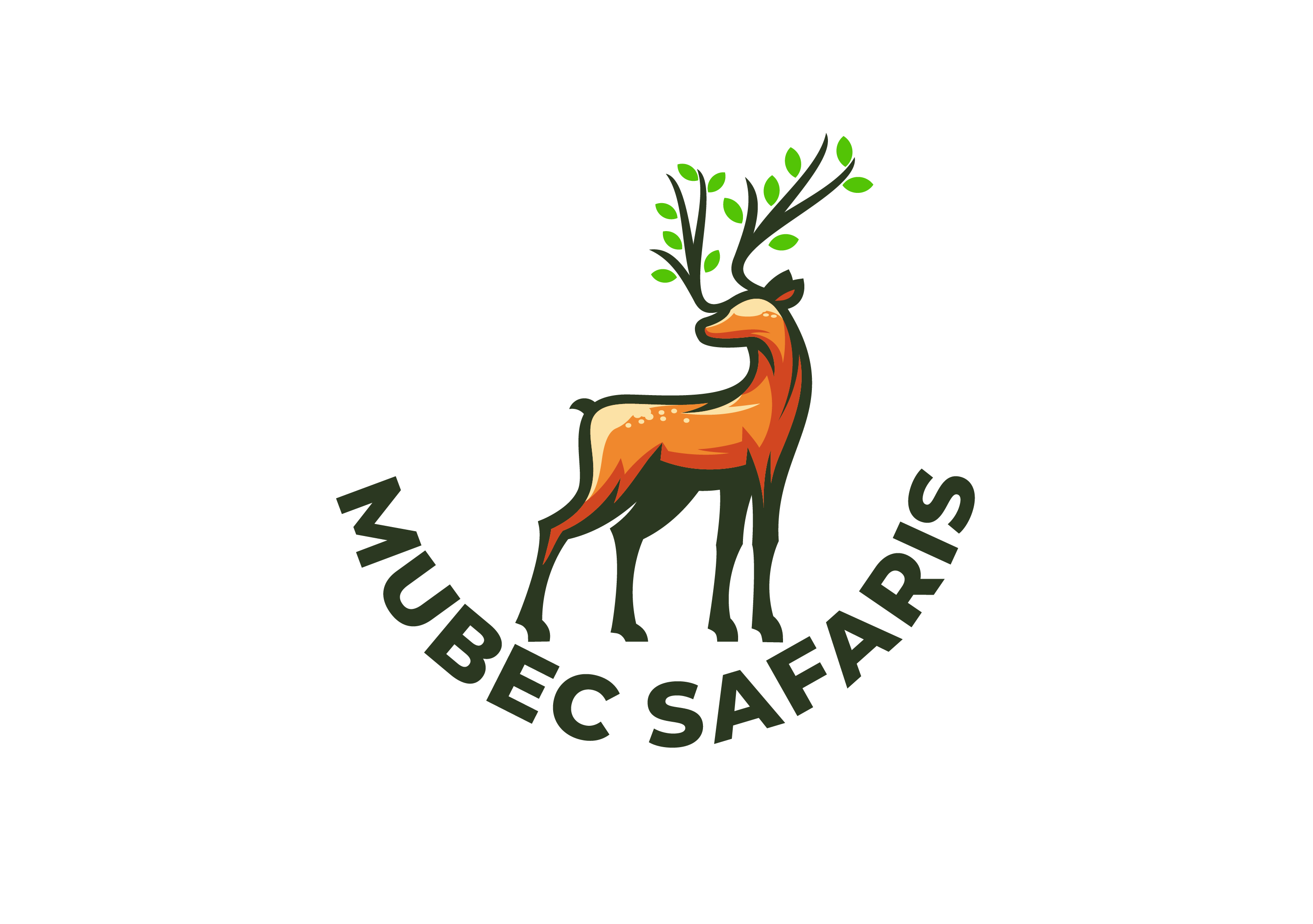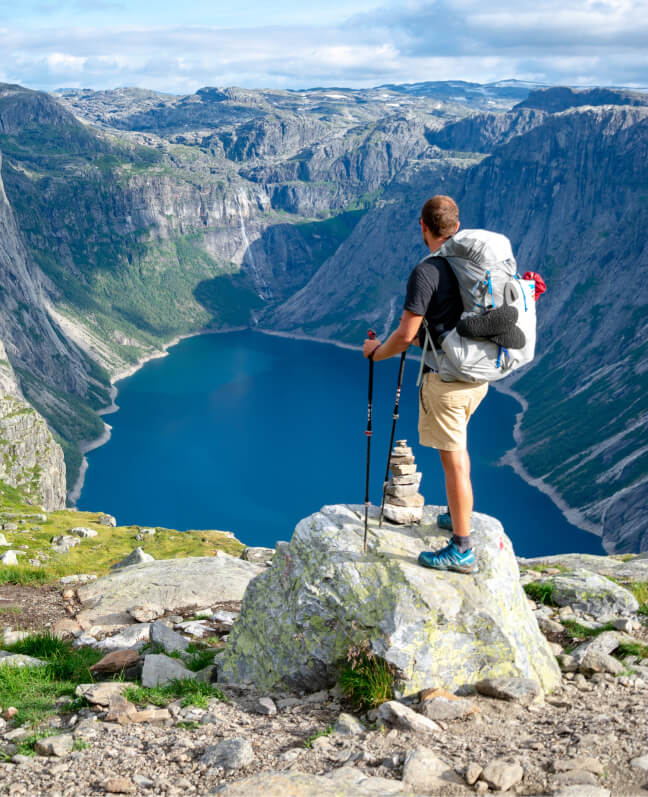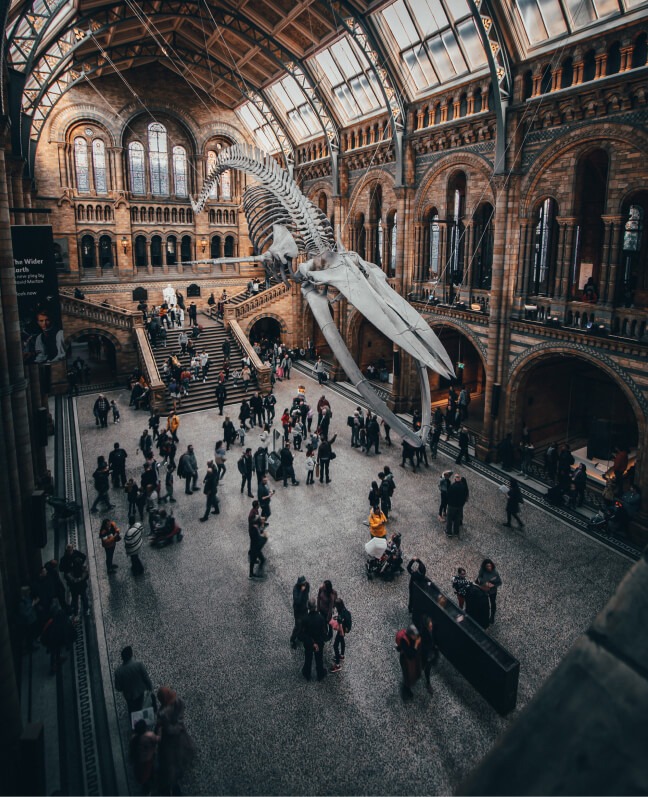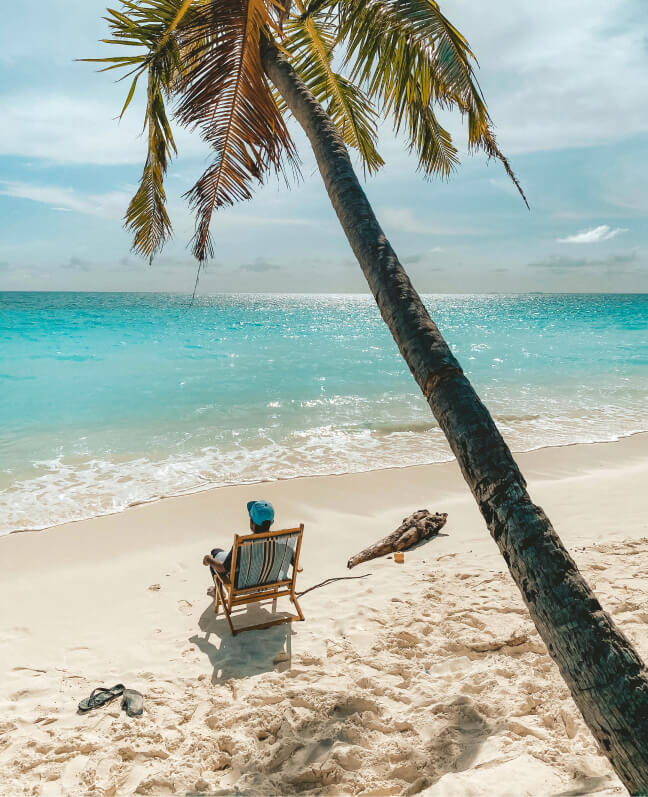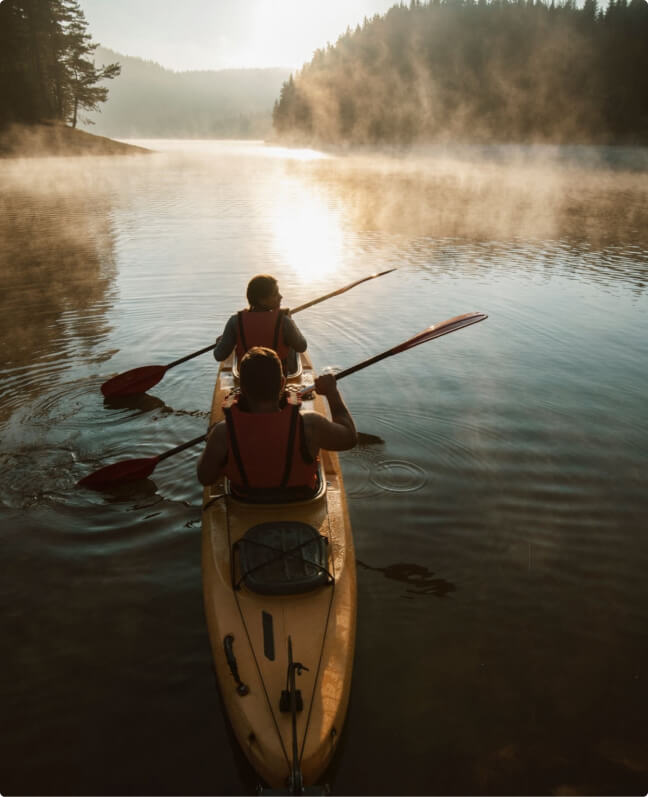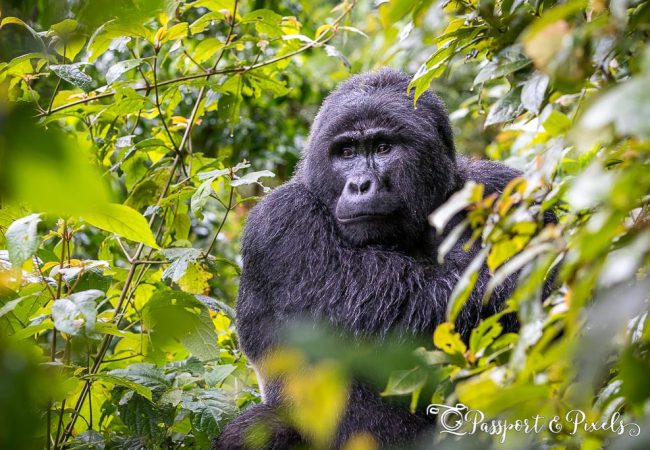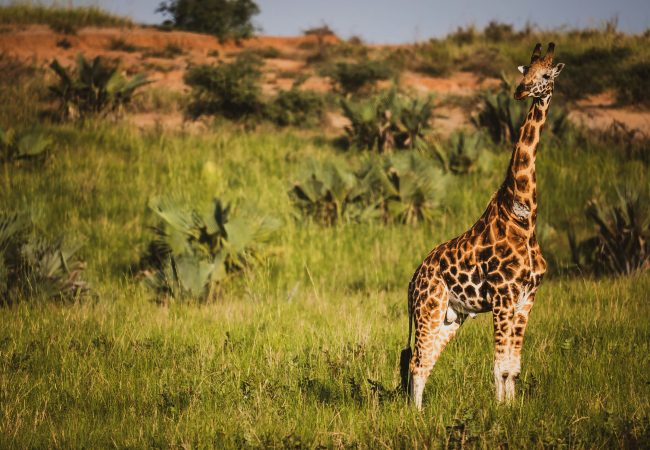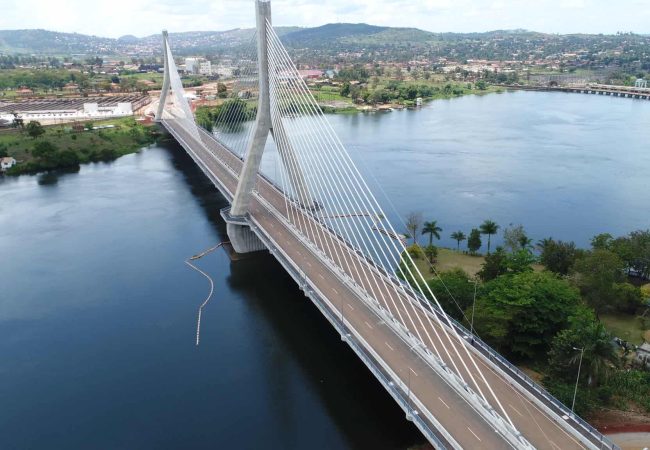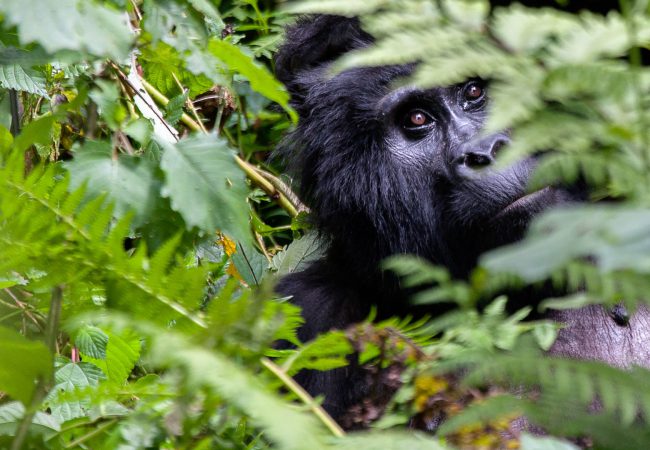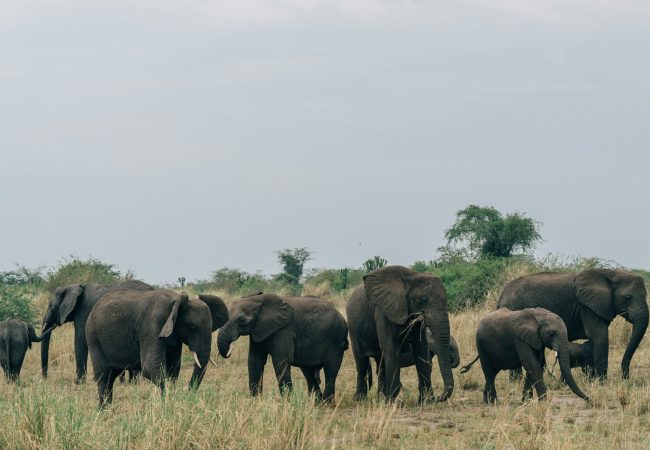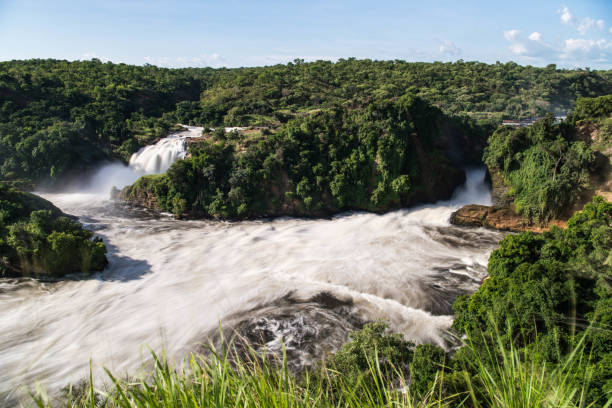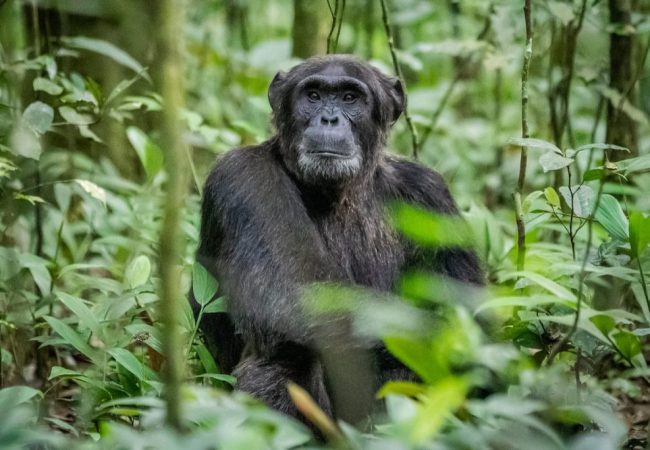Queen Elizabeth National Park
- Home
- Queen Elizabeth National Park
Welcome To Queen Elizabeth National Park
Queen Elizabeth national park is understandably Uganda’s most popular tourist destination. It’s a diverse ecosystem, which include sprawling savanna, shady, humid forest, sparkling lakes and fertile wetlands, make it the ideal habitat for classic big game, ten primate species including chimpanzees and over 600 species of birds.
The park includes dozens of enormous craters carved dramatically into rolling green hills, panoramic views of the kazinga channel with its banks lined with hippos, buffalos and elephants, and the endless ishasha plains, whose fig trees hide lions ready to pounce on herds of unsuspecting Ugandan kobs.
The Park was founded in 1952 as kazinga national park, and renamed two years later to commemorate a visit by Queen Elizabeth II.
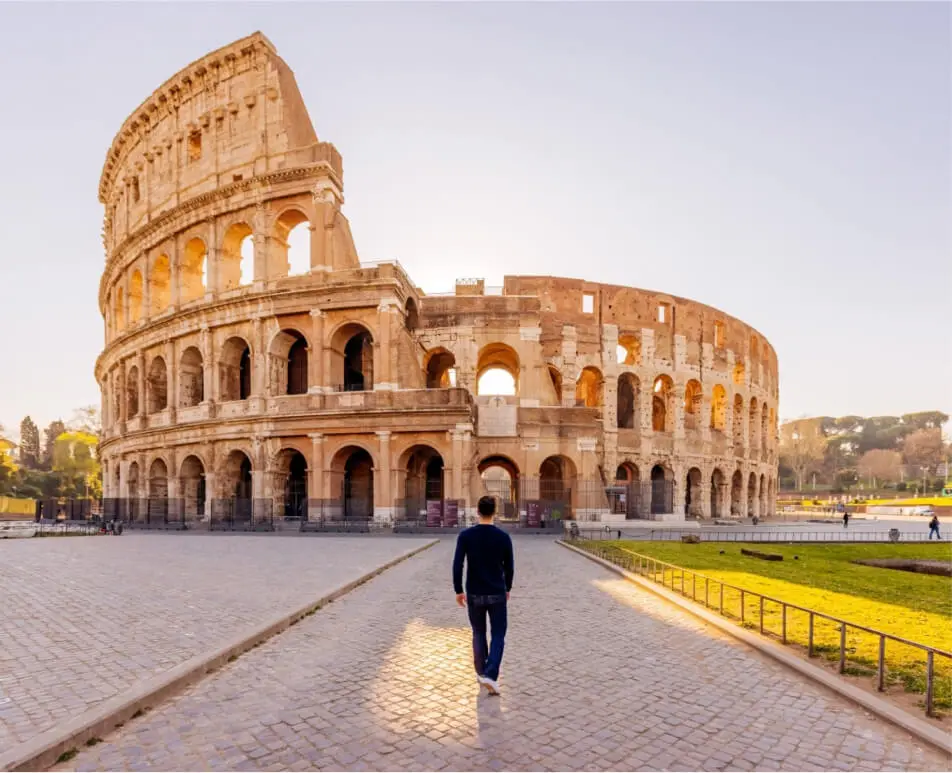
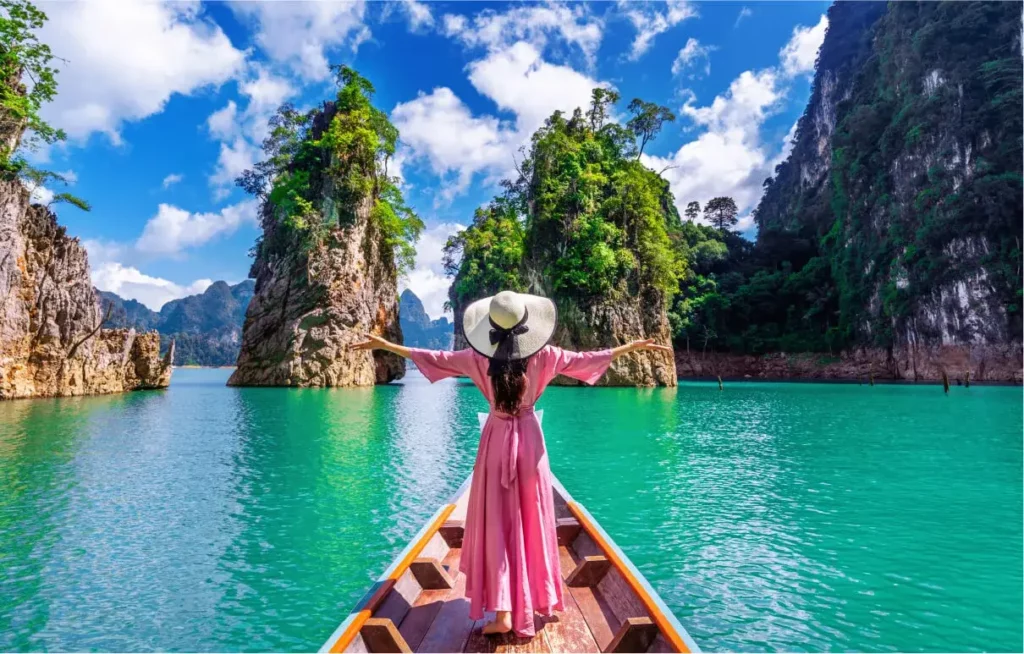
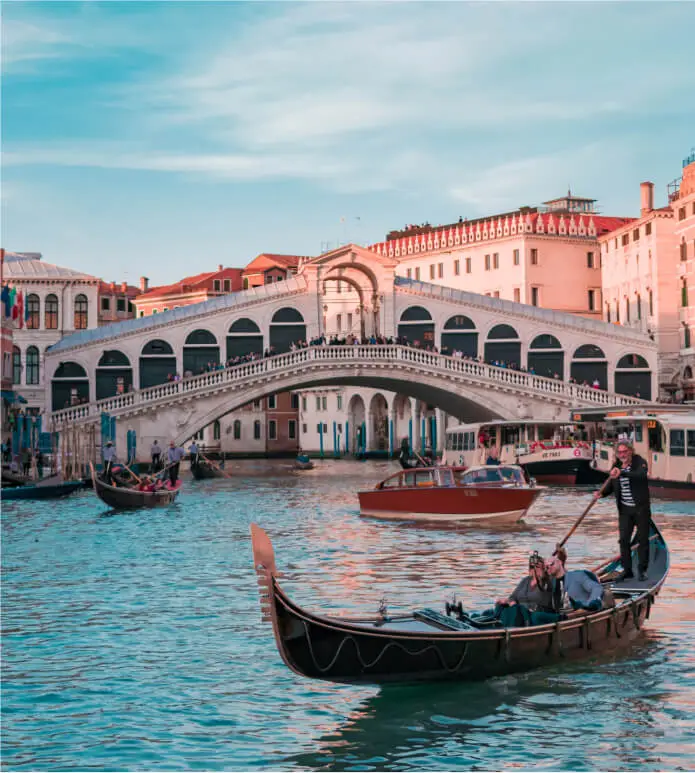



Accessibility to the Park
Road Access:
The most common way to reach Queen Elizabeth National Park is by road. The park is easily accessible from major towns and cities in Uganda. From Kampala, the capital city, visitors can take the Kampala-Mbarara highway and then branch off at either Katunguru or Kikorongo junctions to access the park. The journey from Kampala to the park takes approximately 5-6 hours depending on traffic conditions and the chosen route.
Air Access:
For those seeking a quicker and more convenient option, air travel is available to Queen Elizabeth National Park. The nearest airstrip to the park is Kasese Airstrip, which is located approximately 20 kilometers (12 miles) from the park headquarters in Mweya. Domestic flights are available from Entebbe International Airport to Kasese Airstrip through various local airlines. The flight duration is around 1 hour, providing visitors with a scenic aerial view of Uganda’s landscapes.
Water Access:
Another unique way to access Queen Elizabeth National Park is through water transport. The park is bordered by Lake Edward and Lake George, which offer opportunities for boat cruises and wildlife viewing. Visitors can take a boat ride from Kazinga Channel, connecting Lake Edward and Lake George, to explore the diverse wildlife along the shores. This mode of transport provides a different perspective of the park’s ecosystem and allows for close encounters with hippos, crocodiles, and various bird species.

